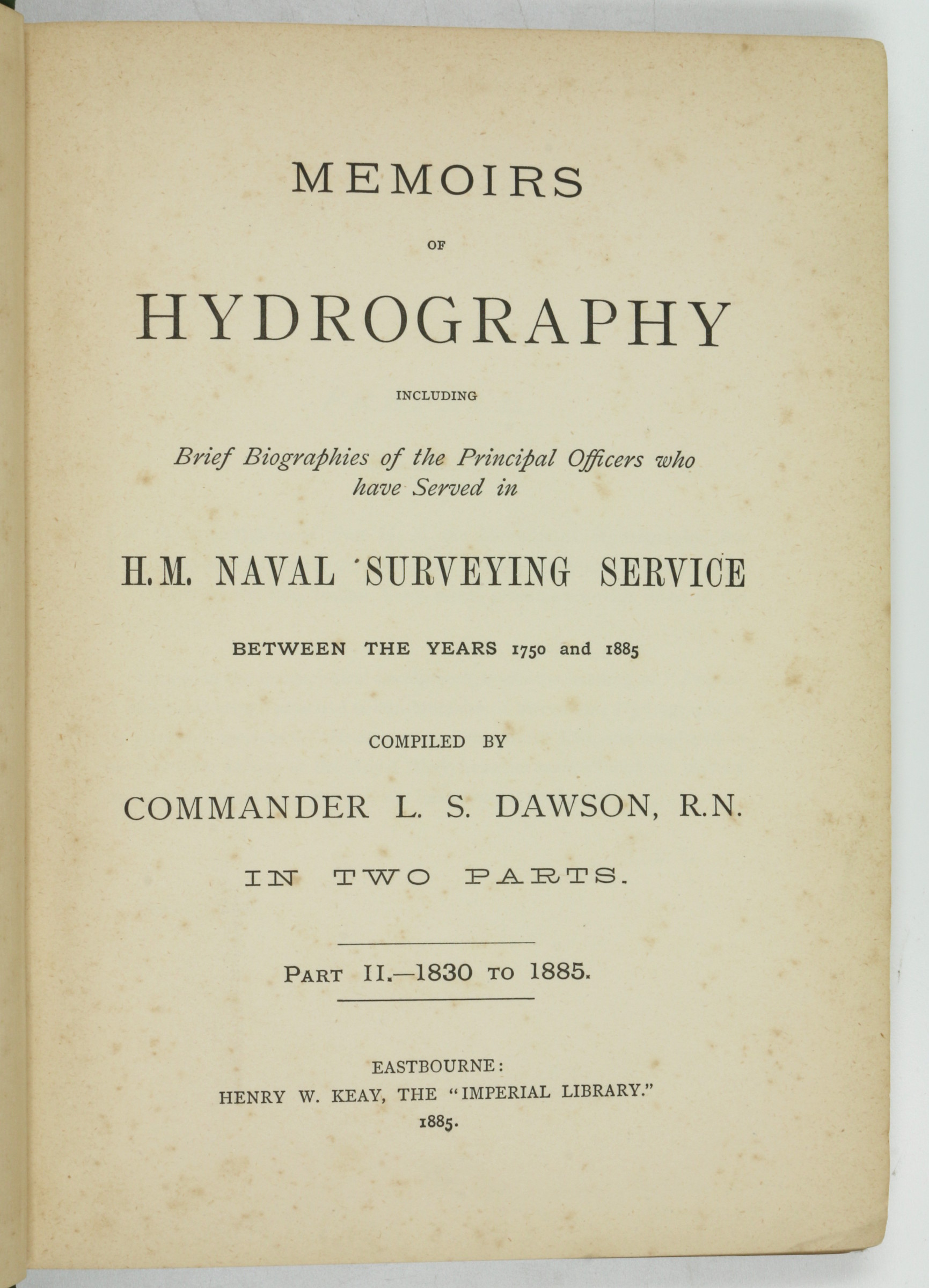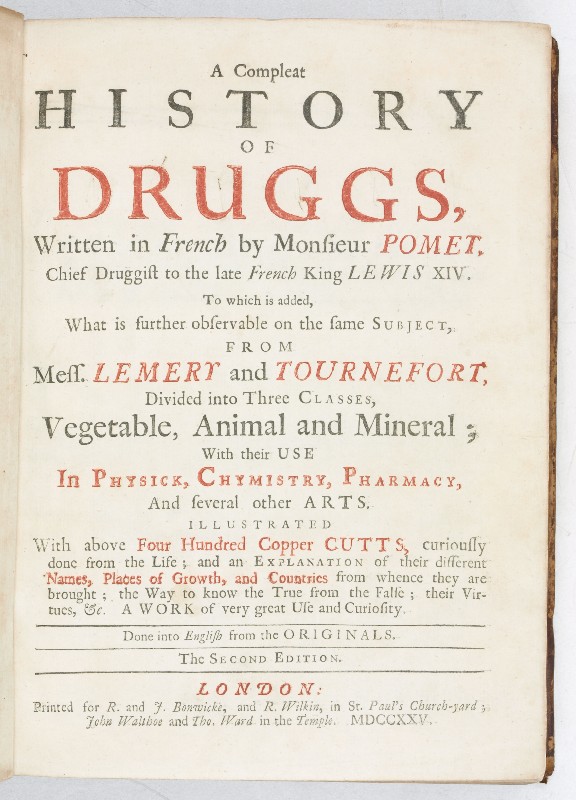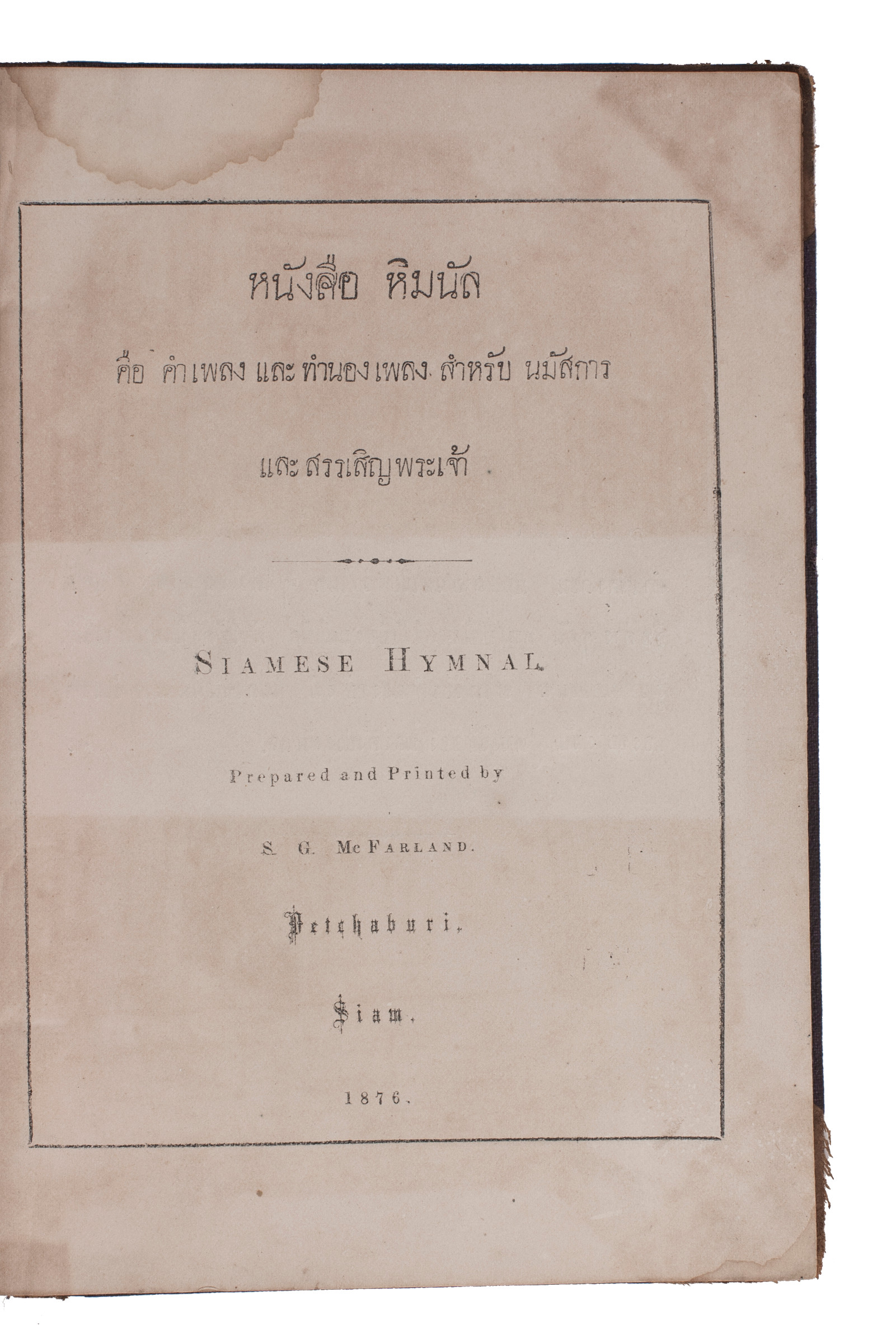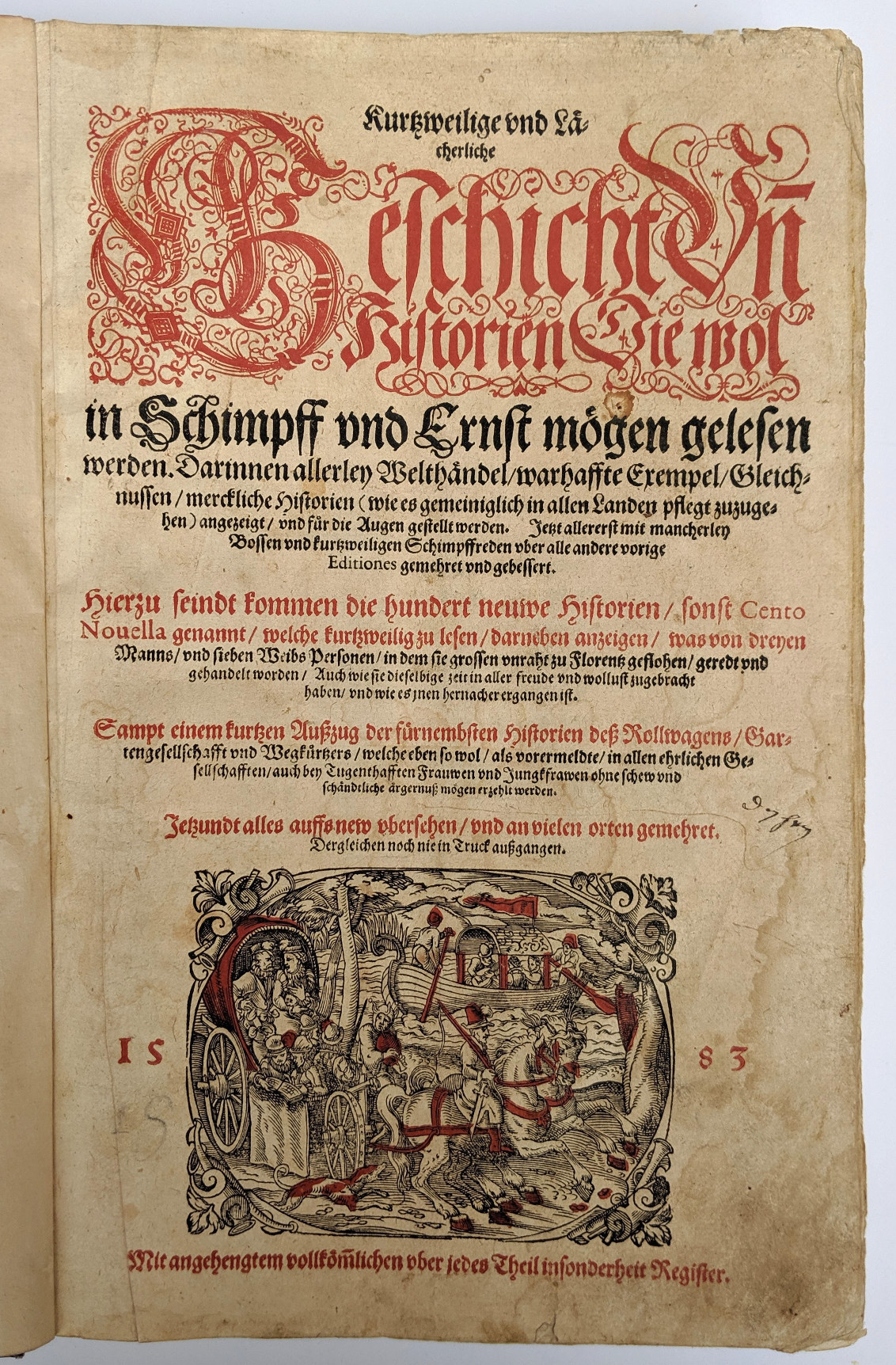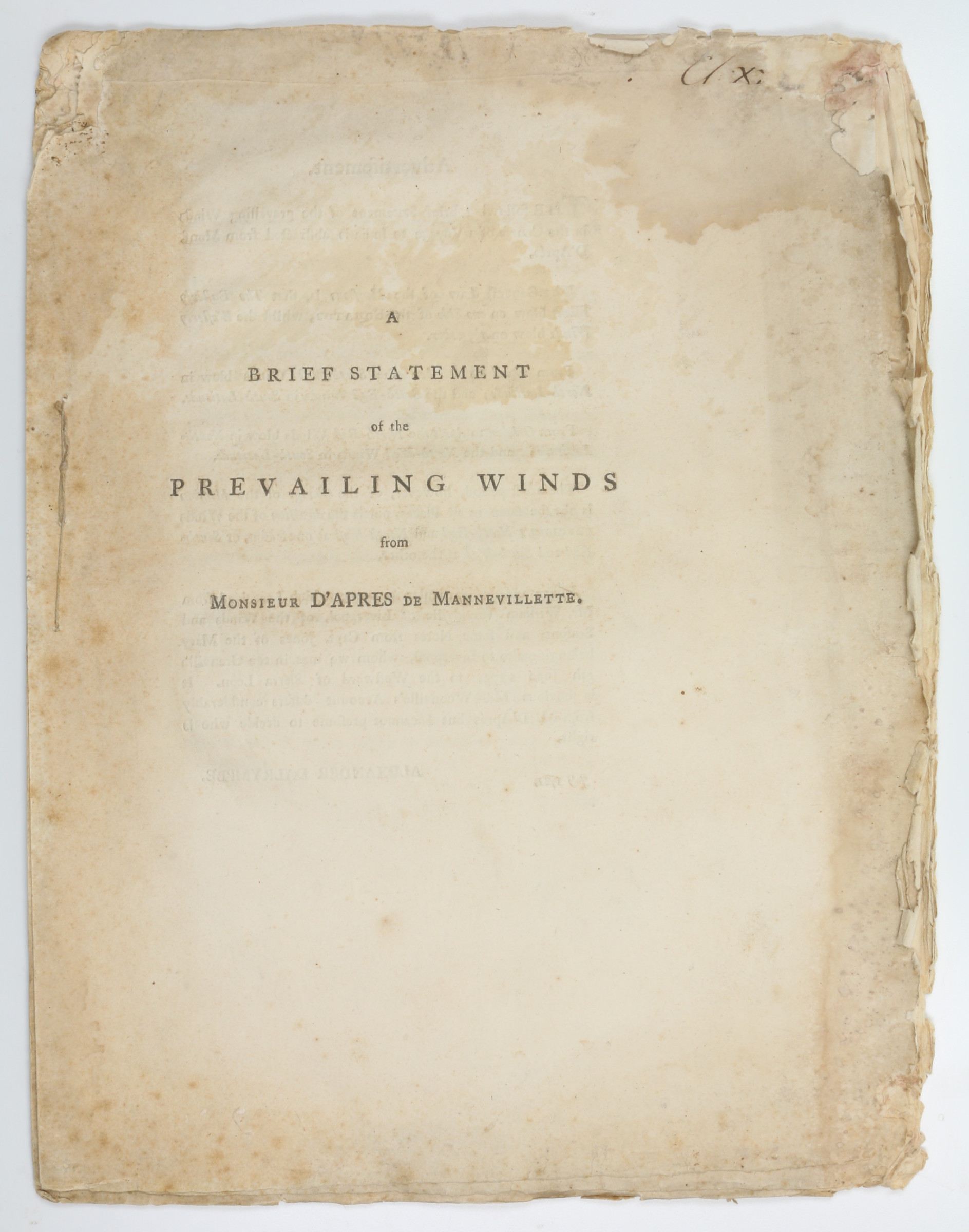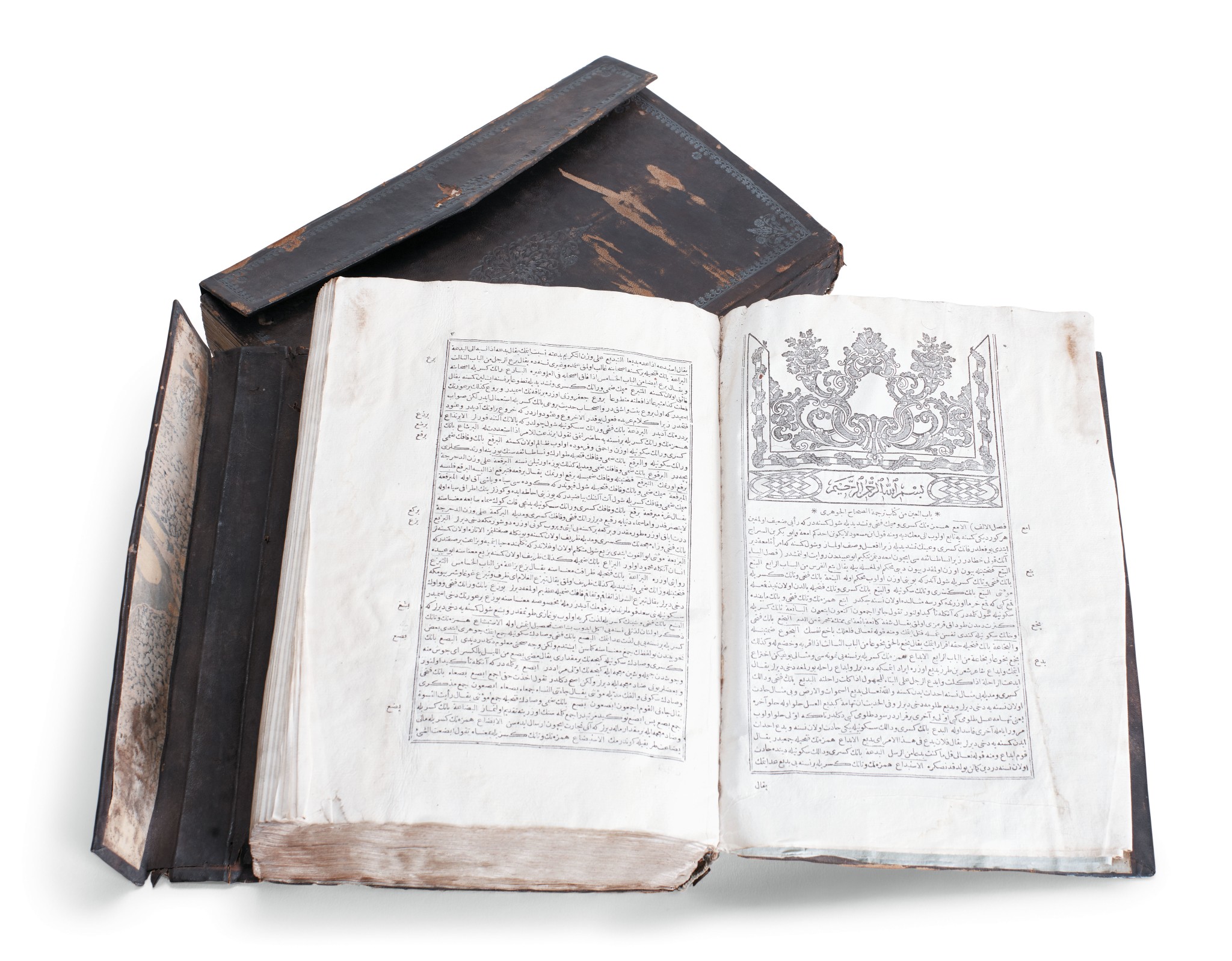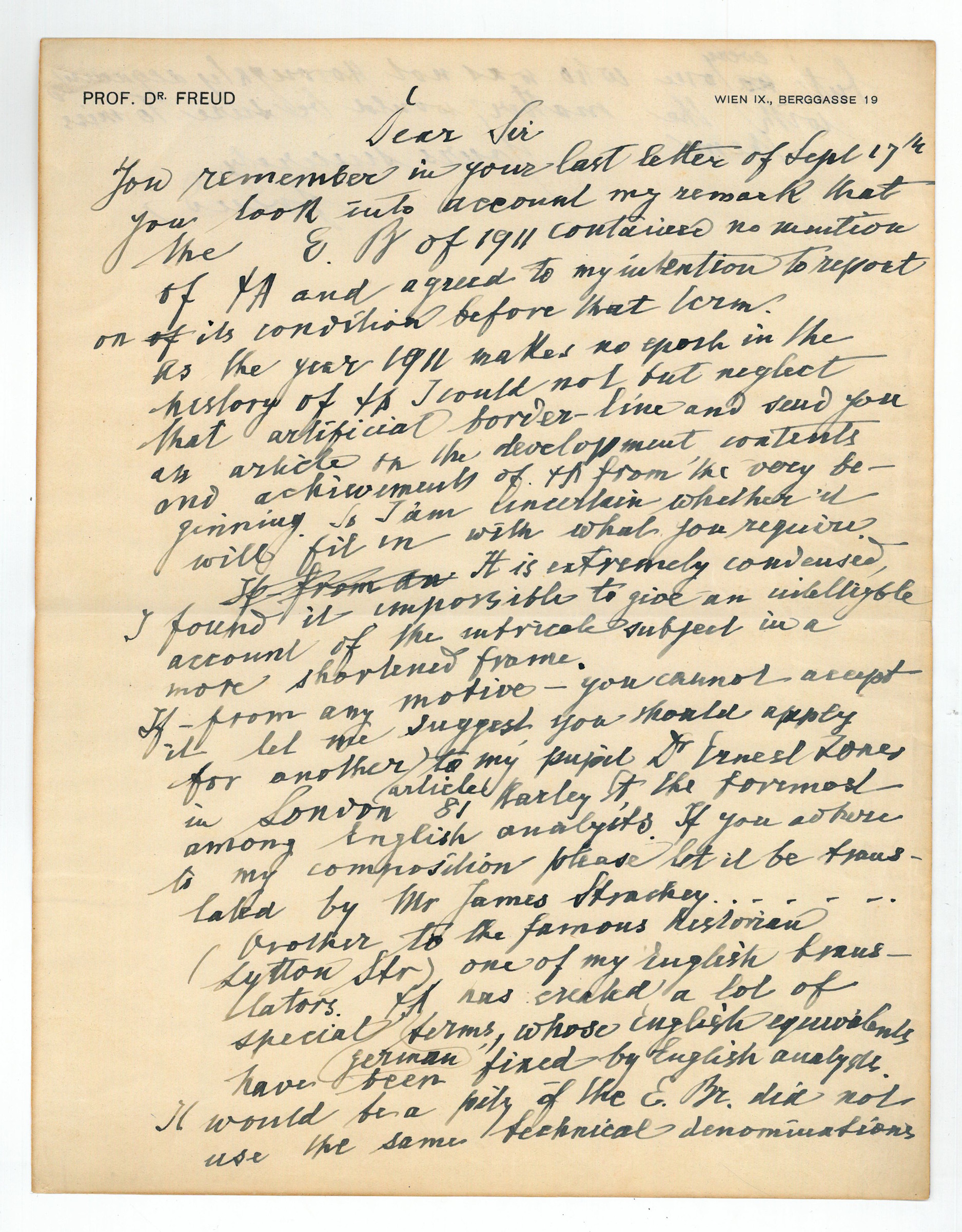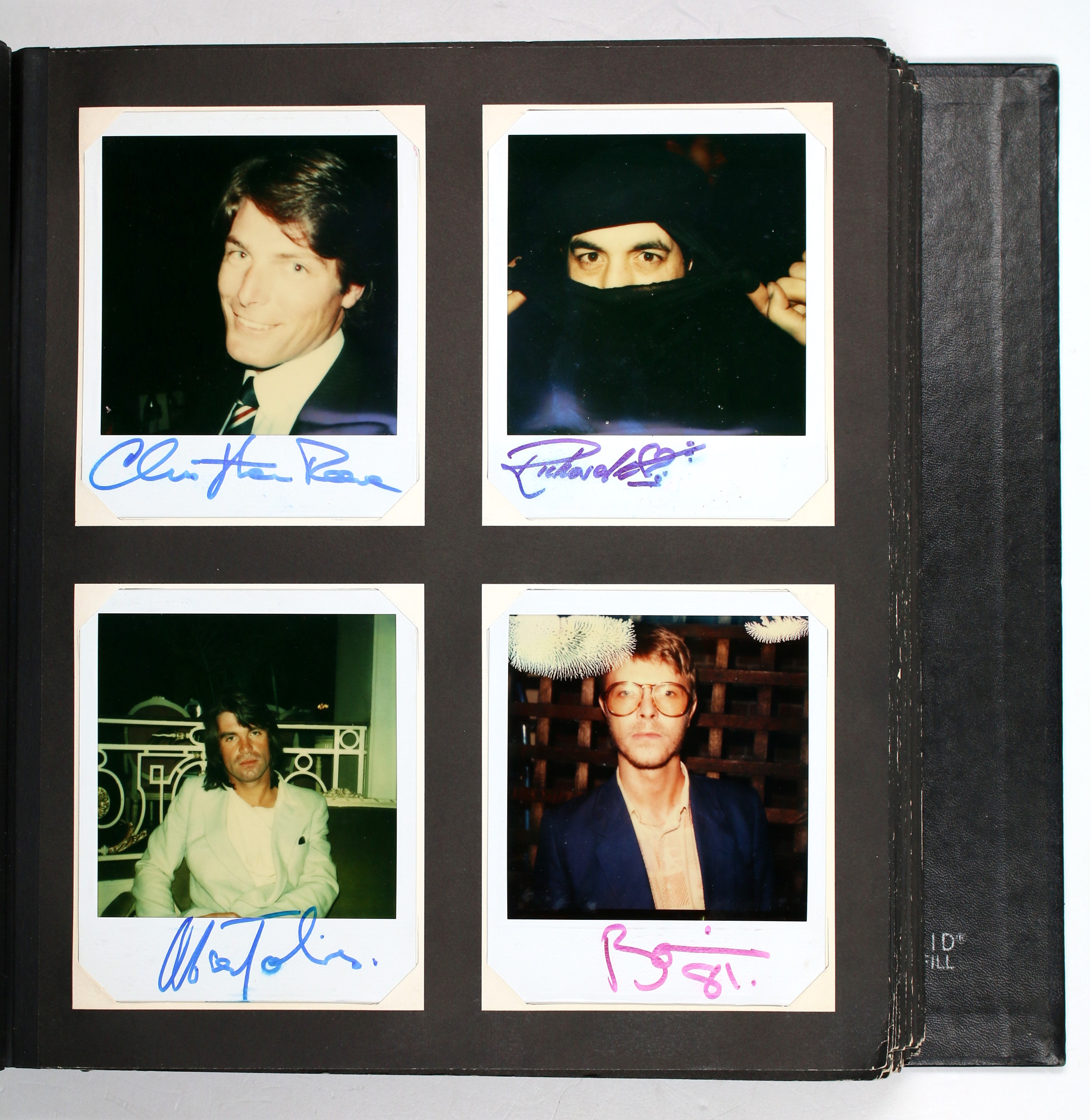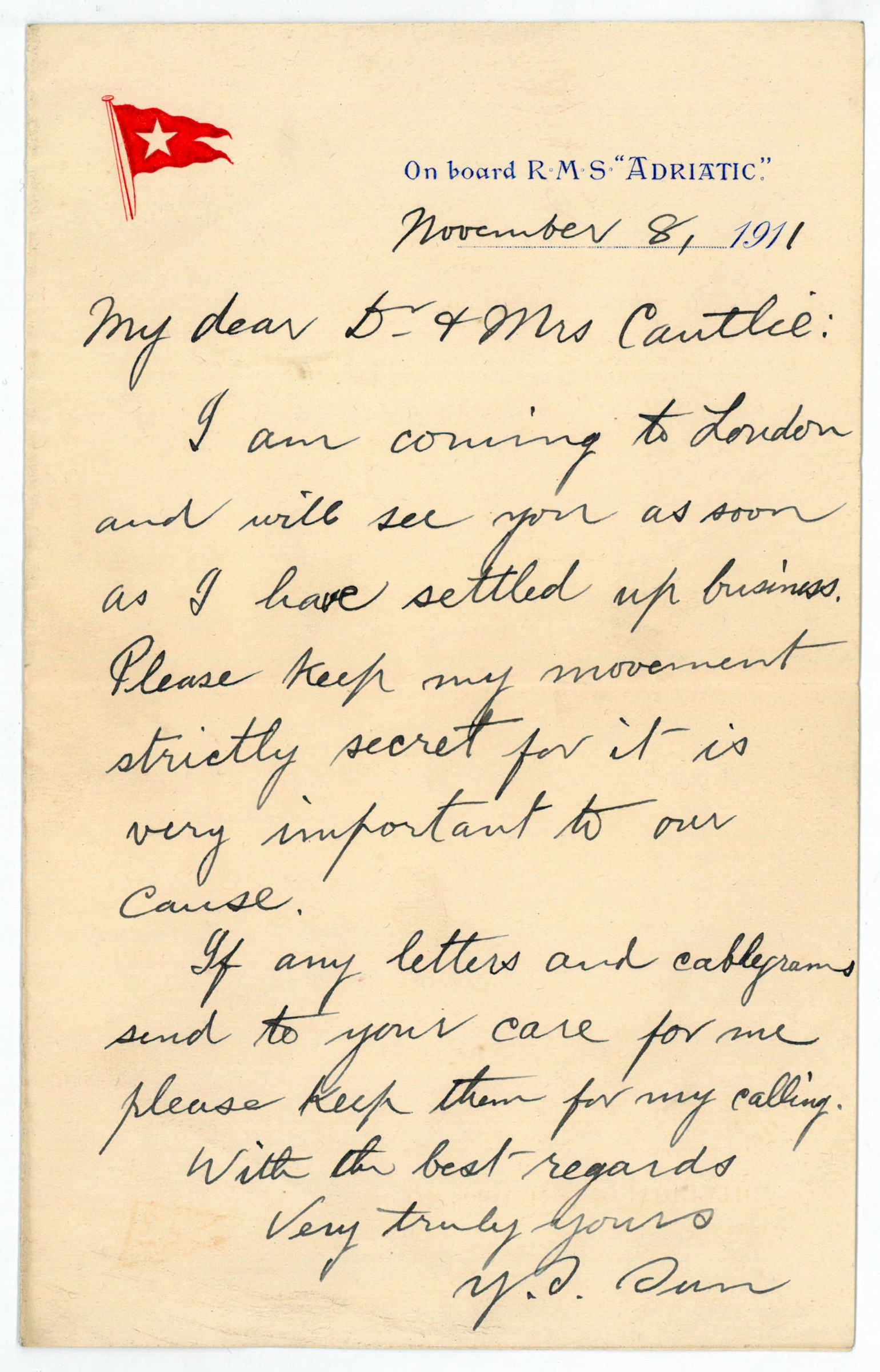
After a series of failed uprisings in the years leading up to the date of our letter, the exiled Sun Yat-sen was in the United States seeking further support when news reached him of the success of Huang Xing's second military uprising at Wuchang, on 10 October 1911. Within weeks he set sail for London, as the present letter attests, where he sought to arrange British financing for the new Chinese republic. After an unsuccessful month in London, Sun left for China, arriving on 21 December, and was immediately named "Provisional" President of the newly founded Republic of China, before resigning and relinquishing the title to Yuan Shikai shortly after.
Born in Guangdong province, Sun had qualified as a medical doctor in 1892 in Hong Kong, and it was here that he met Dr. (later Sir) James Cantlie (1851-1926), an Aberdeen-trained physician who became a pioneer of first aid (when it was largely unknown) and an expert in tropical diseases. Cantlie went to practice in Hong Kong in 1887, and one of his earliest achievements was to help establish a medical training college for native students, the Hong Kong College of Medicine for Chinese, which later became the University of Hong Kong. One of his first students was the future president of China, who, after graduating, remained in contact with Cantlie and his wife Mabel, periodically appealing to the British government and public for support for democratic China through their good offices (see Cantlie's papers, which were later donated to the Wellcome Institute by his descendants).
The connection between Sun and the Cantlies became more widely known following Sun's kidnapping in London in 1896, which was the subject of Sun's own account in "Kidnapped in London: Being the Story of My Capture by, Detention at, and Release From, the Chinese Legation", published a year after the events. When Sun had arrived in London in October 1896, Cantlie helped him find lodgings in Gray's Inn Place (the site is marked with a wartime plaque). However, his route to the Cantlies' house happened to take Sun past the Chinese Legation building at 49 Portland Place (now the Chinese Embassy), and one Sunday he was approached by some Chinese men who, ostensibly stopping for a chat, hustled him into the Legation, where he was locked in a windowless upstairs room. Sun eventually managed to get a servant to smuggle out a message to the Cantlies but his release was far from immediate. Cantlie's protestations to the Legation, the local police, Scotland Yard, lawyers and the Foreign Office were initially not believed or fruitless, but eventually he managed to secure an article in "The Globe" which helped persuade the Foreign Office and the Prime Minister, Lord Salisbury, to insist upon Sun's release, 12 days after his capture.
Cantlie's own account of the kidnapping was published, on the day of Sun's release, in "The Globe", where he stated that Sun had at one stage considering suicide, that he managed to throw further messages out of his window, and that Cantlie had employed a private detective to watch the legation. More recently, J. Y. Wong in "The Origins of a Heroic Image: Sun Yat Sen in London, 1896-1987" (Hong Kong, 1986), has written that Sun entered the building voluntarily, and that the plan was to execute him and return his body to Beijing for ritual beheading. He also mentions that Cantlie was refused a writ of habeas corpus because of the Legation's diplomatic immunity. Sun spent some time recovering with the Cantlies, who became his frequent correspondents and remained his closest friends and allies outside China for the rest of his life. James Cantlie's book about Sun and the situation in China, "Sun Yat Sen and the Awakening of China", co-authored with C. Sheridan Jones, was published in 1912.
Autograph letters from Sun Yat-sen rarely appear at auction - only four (three in English, one in Chinese) are listed in records for the last twenty years. One of the greatest leaders of modern China and the "Father of the Nation", Sun holds a unique position in the Chinese-speaking world as the only 20th century leader who is revered by those in both the People's Republic of China, for his instrumental role in the overthrow of the Qing dynasty in 1911, and in the Republic of China (Taiwan).
Provenance: Sir James and Mabel Cantlie; acquired from their heirs.
